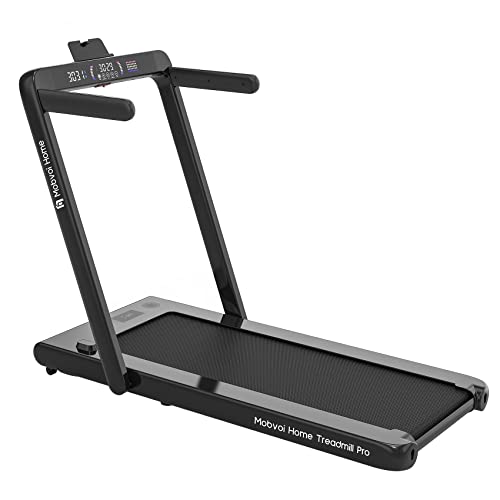Gym Treadmill Tips From The Best In The Business

Treadmills: A Comprehensive Guide to Understanding Their Functionality, Benefits, and Appropriate Selection
Introduction
Treadmills have become a staple in contemporary fitness routines, both in homes and health clubs worldwide. They use a practical and efficient way to preserve cardiovascular health, increase endurance, and assist in weight management. This post explores the different types of treadmills, their advantages, features to consider when acquiring, and some FAQs to assist users in making notified decisions.
Types of Treadmills
When it concerns choosing a treadmill, it is essential to understand the various types readily available in the market. Here are the main categories:
1. Handbook Treadmills
- Mechanism: These treadmills have a simple design and rely on the user's efforts to move the belt.
- Pros: More inexpensive, quieter operation, no electricity needed.
- Cons: Limited features, might not offer the same series of exercise strength.
2. Motorized Treadmills
- Mechanism: Powered by a motor that drives the belt, permitting users to stroll or run at a set rate.
- Pros: Greater variety of speeds and inclines, equipped with various features such as heart rate displays and workout programs.
- Cons: More costly and may need more upkeep.
3. Folding Treadmills
- System: Designed for those with minimal space, these treadmills can be folded for simple storage.
- Pros: Space-saving, frequently motorized, versatile features.
- Cons: May be less resilient than non-folding models.
4. Industrial Treadmills
- System: High-quality machines created for use in health clubs and fitness centers.
- Pros: Built to endure heavy use, advanced features, typically include warranties.
- Cons: Pricey and not perfect for home usage due to size.
5. Curved Treadmills
- Mechanism: A distinct design that allows users to propel the belt utilizing their own energy.
- Pros: Offers a more natural running experience, promotes much better running form.
- Cons: More pricey and can be noisier.
| Treadmill Type | Pros | Cons |
|---|---|---|
| Manual | Affordable, no electricity needed | Restricted functions |
| Motorized | Range of speeds, advanced functions | Upkeep required |
| Folding | Space-saving, typically motorized | May lack sturdiness |
| Industrial | Built to last, professional-grade functions | Costly |
| Curved | Natural running experience, promotes excellent type | Greater cost |
Benefits of Using Treadmills
Treadmills offer numerous benefits that can contribute to one's general fitness goals. A few of these benefits include:
- Convenient Workouts: Treadmills enable users to work out indoors despite weather.
- Cardiovascular Health: Regular usage can enhance heart health by increasing stamina and promoting healthy circulation.
- Weight Management: Effective for burning calories, which assists in weight-loss and management.
- Personalized Workouts: Users can manage speed, slope, and duration to develop personalized workout experiences.
- Safety: Treadmills supply a predictable surface area, reducing the threat of falls compared to outside running.
- Multifunctional: Many treadmills included functions like heart rate screens, workout programs, and even home entertainment systems.
Choosing the Right Treadmill
When selecting a treadmill, potential purchasers must consider several crucial factors:
Features to Consider:
- Motor Power: Typically determined in horse power (HP), a motor strength of at least 2.5 HP is recommended for serious runners.
- Belt Size: A longer and wider belt accommodates numerous stride lengths, offering comfort throughout exercises.
- Slope Settings: Adjustable incline functions simulate outdoor hill running and can increase exercise intensity.
- Weight Capacity: Ensure the treadmill can support the user's weight for security and longevity.
- Console Features: Look for easy to use control panels, workout programs, and Bluetooth compatibility for streaming music or other functions.
Budget Considerations
- Under ₤ 500: Entry-level manual treadmills suitable for casual walkers.
- ₤ 500 - ₤ 1,500: Mid-range motorized treadmills that provide more features and better resilience.
- ₤ 1,500 - ₤ 3,000: High-end models with advanced innovation, larger motors, and longer guarantees.
- Over ₤ 3,000: Commercial-grade treadmills ideal for frequent usage in fitness centers or training centers.
Regularly Asked Questions (FAQs)
1. How typically should I utilize a treadmill?
It is recommended to use a treadmill a minimum of three to five times a week, incorporating different intensity levels for best results.
2. Can I lose weight by using a treadmill?
Yes, consistent use of a treadmill can add to weight-loss, particularly when integrated with a balanced diet plan and strength training.
3. What is Elmo Balderree to stroll on a treadmill for beginners?
A speed of 3 to 4 miles per hour is an ideal variety for newbies. It's necessary to begin slow and gradually increase rate as convenience and endurance enhance.
4. Do I require to use a treadmill if I currently run outdoors?
Using a treadmill can supply extra advantages, such as controlled environments and differed exercises (slope, intervals) that are not always possible outdoors.
5. How do I maintain my treadmill?
Routine maintenance includes oiling the belt, cleaning the deck and console, and inspecting the motor for optimal performance.
Treadmills are necessary tools for those seeking to boost their physical fitness levels in a regulated and hassle-free manner. With various types available, comprehending their features and benefits is important for making an informed purchase. By considering personal workout requirements, space schedule, and budget constraints, people can discover the most appropriate treadmill that fits their way of life. Incorporating treadmill workouts into a balanced fitness regimen can result in better health results and an enjoyable workout experience.

